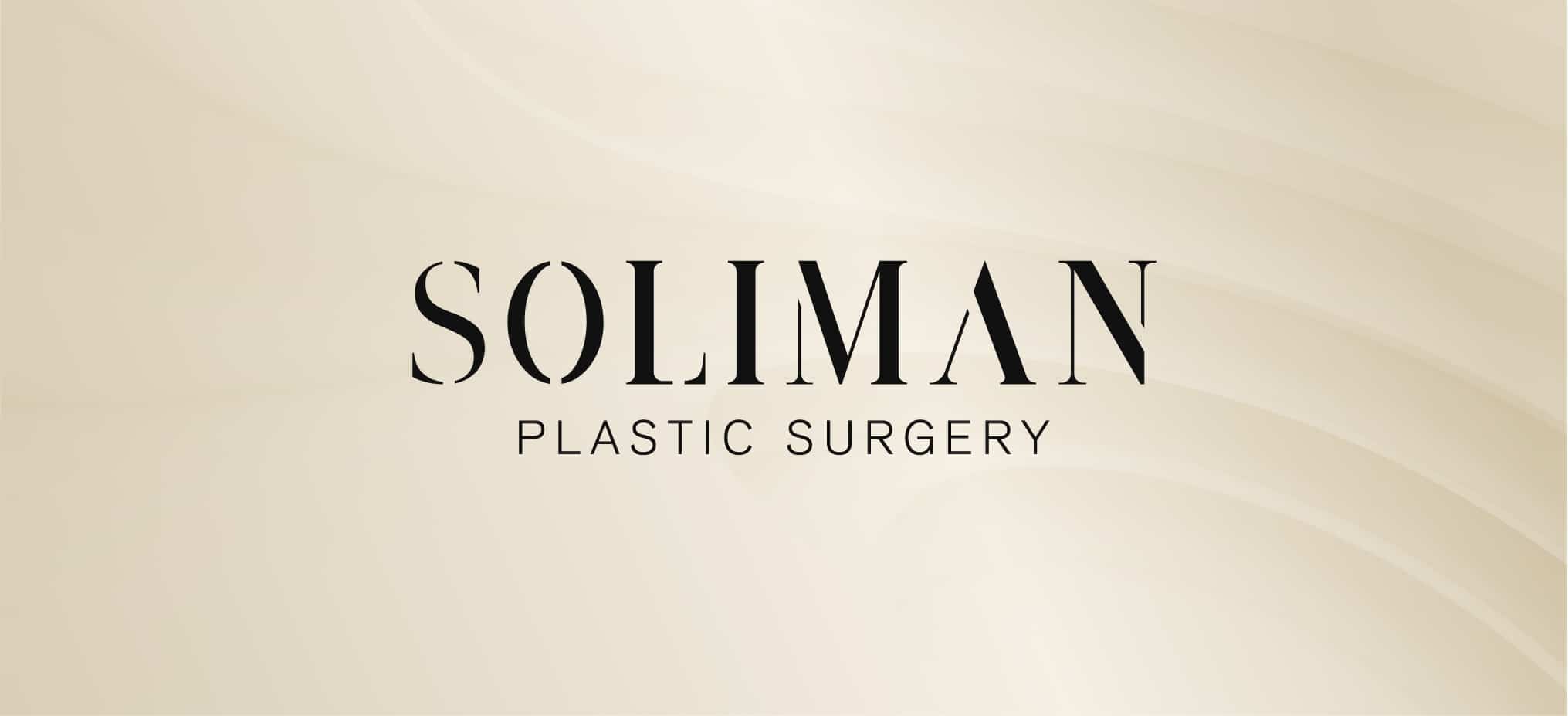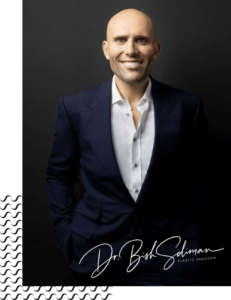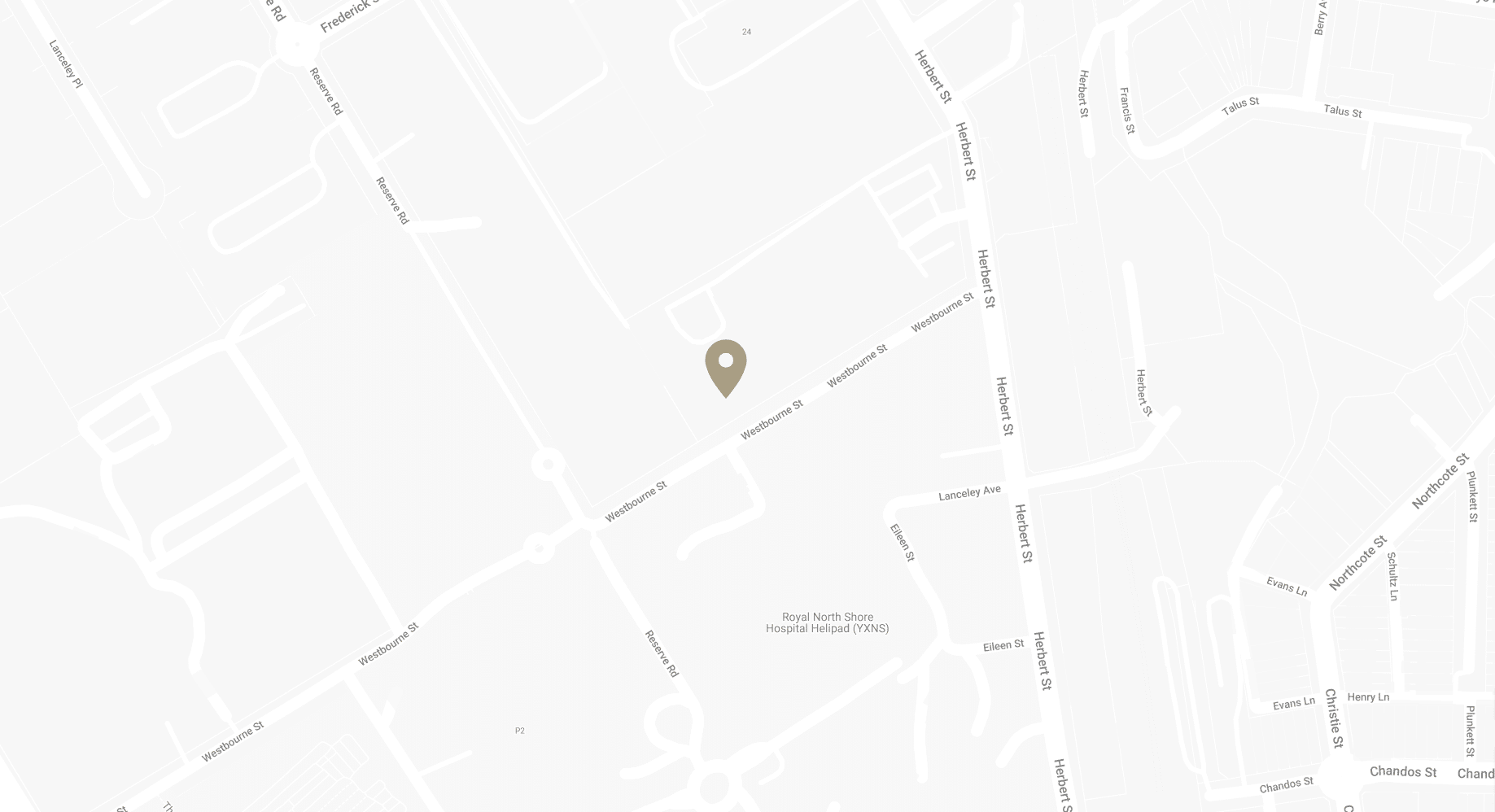Popular FAQs about Breast Augmentation Surgery
Whether you are considering the surgery or simply curious to know more, our FAQs about Breast Augmentation are here to provide you with the essential information you seek. In this blog, Specialist Plastic Surgeon Dr Bish Soliman, will address the most common questions that prospective patients have, covering topics ranging from the initial consultation to the recovery process.
Download Dr Bish Soliman Cosmetic Breast Surgery Guide

Breast Augmentation FAQs
1. What is breast augmentation?
- Breast augmentation is a surgical procedure that aims to enhance the size, shape, and contour of the breasts through the use of implants or fat transfer. Dr Bish Soliman, a respected surgeon in the field, leverages different techniques to create results that are harmonious with each individual’s body type and aesthetic goals. During the procedure, implants filled with silicone gel or saline are placed either under the breast tissue or chest muscle. Alternatively, fat transfer involves harvesting fat from another part of the body and injecting it into the breasts. Dr Soliman works closely with patients to understand their preferences and to choose the most suitable method for them.
2. Who is a good candidate for breast augmentation?
- Good candidates for breast augmentation are individuals who are in good health and have a clear understanding of what they want to achieve through the surgery. Dr Bish Soliman often consults with individuals who wish to restore volume lost, as well as those looking to correct asymmetry or naturally small breasts. During the consultation, Dr Soliman assesses the individual’s physical health, medical history, and aesthetic goals to determine their suitability for the procedure. It is essential for candidates to have realistic expectations and to be prepared for the recovery process that follows the surgery.
3. What types of breast implants are available?
- There are several types of breast implants available, each offering different benefits. The primary categories are saline and silicone implants. Saline implants are filled with a sterile saltwater solution, while silicone implants contain a silicone gel. There are also variations within these categories, including structured saline implants and cohesive gel silicone implants, which are known for their natural feel. Dr Bish Soliman is well-versed in the properties and benefits of each type of implant and collaborates with patients to select the best option based on their body type, lifestyle, and desired outcome. The choice of implant can influence the final look and feel of the breasts, making this a crucial step in the augmentation process.
4. What is the recovery time for a breast augmentation procedure?
- The recovery time following a breast augmentation procedure can vary based on individual circumstances and the specifics of the surgery. In most cases, patients can return to light activities within a week, while full recovery can take around 6-8 weeks. Dr Bish Soliman emphasises the importance of following all post-operative care instructions, which include wearing a special supportive bra and avoiding strenuous activities that might strain the chest muscles. Regular follow-up appointments will be scheduled to monitor the healing process, and Dr Soliman is always available to address any concerns or questions that may arise during recovery.
5. What are the potential risks and complications?
- While breast augmentation is a commonly performed and generally safe procedure, it is not without potential risks and complications. Some of the possible complications include infection, bleeding, changes in nipple or breast sensation, and implant leakage or rupture. Capsular contracture, where the scar tissue around the implant hardens, is another potential issue. Dr Bish Soliman maintains a high standard of surgical care to minimise these risks, utilising meticulous surgical techniques and offering detailed guidance on post-operative care to ensure patient safety. It is important for patients to be aware of the potential risks and to discuss any concerns with Dr Soliman during the consultation process.
6. Can I breastfeed after breast augmentation?
- Yes, many individuals find that they can breastfeed successfully after undergoing breast augmentation. However, it is important to note that there are various surgical techniques, and some may affect the ability to breastfeed more than others. Generally, Dr Soliman aims to use techniques that preserve the milk ducts and other essential structures to support breastfeeding post-surgery. It is recommended to discuss any concerns and preferences regarding future breastfeeding during the consultation process to ensure that the surgical approach aligns with your goals.
7. Will the procedure leave scars?
- All surgical procedures result in some degree of scarring. However, in breast augmentation, Dr Bish Soliman employs techniques to minimise visible scarring, such as placing incisions in more discreet locations, including under the breast fold, around the areola, or in the armpit. Over time, with proper care, these scars tend to fade and become less noticeable. It is also possible to explore options such as laser therapy post-surgery to further reduce the appearance of scars.
8. How long do breast implants last?
- Breast implants are not lifetime devices and may require replacement or revision at some point. They can last between 10 to 15 years, but this can vary widely depending on individual circumstances and the type of implants used. It is important to have regular check-ups to monitor the condition of the implants. During these check-ups, any changes or potential issues can be identified early, ensuring the longevity of the results and your overall health.
9. What is the cost of breast augmentation?
- The cost of breast augmentation can vary significantly based on a range of factors including the plastic surgeon’s experience, the type of implants used, and the complexity of the procedure. It is essential to have a detailed consultation to receive a personalised quote that includes all the potential costs involved, such as the plastic surgeon’s fees, hospital fees, and anaesthesia fees. It is advisable to prioritise quality and safety over cost when considering breast augmentation.
10. Can I undergo breast augmentation if I have a history of breast cancer?
- Undergoing breast augmentation after a history of breast cancer is a complex decision that requires careful consideration and planning. It is possible, but it necessitates a thorough evaluation of your medical history and current health status. Collaborating with a team of healthcare providers, including oncologists, can help in determining the best approach. It is essential to approach this with a multidisciplinary team to ensure that the procedure is carried out safely and with the best possible outcome in mind.
11. How do I prepare for the surgery?
- Preparing for breast augmentation involves several steps to ensure you are physically and mentally ready for the procedure. Firstly, it is advised to maintain a healthy lifestyle, including a balanced diet and regular exercise, to facilitate a smoother recovery process. You must cease smoking 6 weeks prior to your procedure and may be asked to refrain from taking certain medications and supplements that can increase the risk of bleeding. Additionally, arranging for someone to drive you home post-surgery and assist you in the initial days of recovery can be very beneficial. It is also a good idea to prepare your home with necessary items such as ice packs and comfortable clothing to aid in the recovery.
12. What is the difference between breast augmentation and breast lift?
- While both procedures aim to enhance the appearance of the breasts, they address different concerns. Breast augmentation primarily focuses on increasing the size and improving the shape of the breasts, typically through the use of implants or fat transfer. On the other hand, a breast lift is designed to elevate the breasts by removing excess skin and tightening the surrounding tissue, thereby addressing sagging and improving the position of the breasts and nipples. It is not uncommon for individuals to opt for a combination of both procedures to address both the issue of volume and position.
13. Can breast augmentation correct asymmetry?
- Yes, breast augmentation can be an effective solution to correct asymmetry, a common concern where the breasts have noticeable differences in size, shape, or position. During the procedure, different sizes or shapes of implants may be used, or different amounts of fat may be transferred to each breast to achieve a more balanced and symmetrical appearance. It is important to have a detailed discussion with Dr Bish Soliman to understand the possible outcomes and to set realistic expectations for the results.
14. What happens during the consultation process?
- The consultation process is a critical step in your breast augmentation journey. During this time, you will have the opportunity to discuss your goals and concerns with Dr Soliman. He will evaluate your medical history and current health status to determine your suitability for the procedure. A physical examination of your breasts will also be conducted to assess factors such as skin quality, breast size, and nipple position. You may also discuss the different types of implants and surgical techniques available. This is the time to ask any questions you may have and to understand the potential risks and benefits of the procedure.
15. How is the surgery performed?
- The breast augmentation surgery involves several steps, starting with general anaesthesia to ensure your comfort during the procedure. Incisions are then made in predetermined locations to minimise visible scarring. The next step involves creating a pocket to house the implant, which can be placed either above or below the chest muscle, depending on the agreed-upon approach. If you opt for fat transfer, fat will be harvested from another part of your body (e.g inner thigh), purified, and then injected into the breasts. Once the implants are placed or the fat is transferred, the incisions are closed with sutures. The surgery generally takes between one to two hours, and you will be monitored in a recovery room before being discharged on the same day.
16. What kind of anaesthesia is used during the procedure?
- Breast augmentation is performed under general anaesthesia to ensure that you are completely comfortable and will not feel any pain during the surgery. The anaesthesia is always administered by a qualified anaesthetist to maintain the highest standards of safety.
17. What can I expect during the recovery period?
- Following the surgery, you can expect to experience some degree of swelling, bruising, and discomfort in the initial days. These symptoms gradually subside as the healing process progresses. You will be given specific post-operative care instructions, which may include how to care for your incisions, medications to take to aid healing and reduce the risk of infection, and when to follow up with Dr Bish Soliman. It is important to wear the supportive garments provided to you to help reduce swelling and support your breasts as they heal. Resting and avoiding strenuous activities are advised to facilitate a smooth recovery.
18. Can I resume regular activities after the surgery?
- While you will be encouraged to walk around shortly after surgery to promote circulation, resuming full regular activities will take some time. Generally, patients are advised to take it easy for the first week, avoiding any heavy lifting or strenuous exercises. Gradually, you can start reintroducing daily activities as you feel comfortable. It is usually recommended to wait for about 4-6 weeks before resuming high-impact activities or exercises that strain the chest muscles. Following Dr Soliman’s guidelines on resuming activities can help prevent complications and promote optimal healing.
19. What results can I expect from breast augmentation?
- After breast augmentation, you can expect an increase in the size and fullness of your breasts, with improved shape and contour. The results are immediately visible, although it will take several months for the swelling to fully subside and for the implants to settle into their final position. The goal is to achieve a natural and harmonious enhancement that aligns with your body proportions and aesthetic desires. It is important to have realistic expectations and to understand that while the procedure can offer significant improvements, it has its limitations.
20. How can I maintain the results of my breast augmentation?
- To maintain the results of your breast augmentation, it is advised to lead a healthy lifestyle, including maintaining a stable weight. Significant weight fluctuations can affect the appearance of your breasts. Wearing supportive bras can also help in maintaining the shape and position of your breasts. Regular check-ups with Dr Soliman are recommended to monitor the condition of the implants and to address any concerns promptly.
Further Reading about Breast Surgery with Dr Bish Soliman
- Read Dr Bish Soliman’s Breast Augmentation Surgery Page
- Read Dr Bish Soliman’s Blog about Consultation for Breast Augmentation
- Read Dr Bish Soliman’s Blog about How To Prepare Yourself for Breast Augmentation Surgery in Sydney
- Read Dr Bish Soliman’s Blog about Recovery after Breast Augmentation
- Read Dr Bish Soliman’s Blog about Options to Get Big Breasts
- Read Dr Bish Soliman’s Blog about How Effective Are Silicone Strips for Plastic Surgery Scars
- Read Dr Bish Soliman’s Blog about What Happens When an Implant Ruptures and if Affects the Lymph Nodes
- Read Dr Bish Soliman’s Blog about What is Dropping and Fluffing after Breast Augmentation
- Read Dr Bish Soliman’s Blog about Minimising Breast Augmentation Scars
- Read Dr Bish Soliman’s Blog about 9 Breast Augmentation Questions Patients Never Ask (But They Should)
- Read Dr Bish Soliman’s Blog about Breast Augmentation and Future Pregnancies: What You Need to Know
- Read Dr Bish Soliman’s Blog about What Is Upper Pole Fullness?
Medical References about Breast Augmentation Surgery
- Breast augmentation – Mayo Clinic
- Breast Augmentation – ASPS
- Types of Breast Implants – ASPS
- Breast Augmentation: What it is, Types, Surgery & Recovery
- Breast enlargement (implants) – NHS UK



